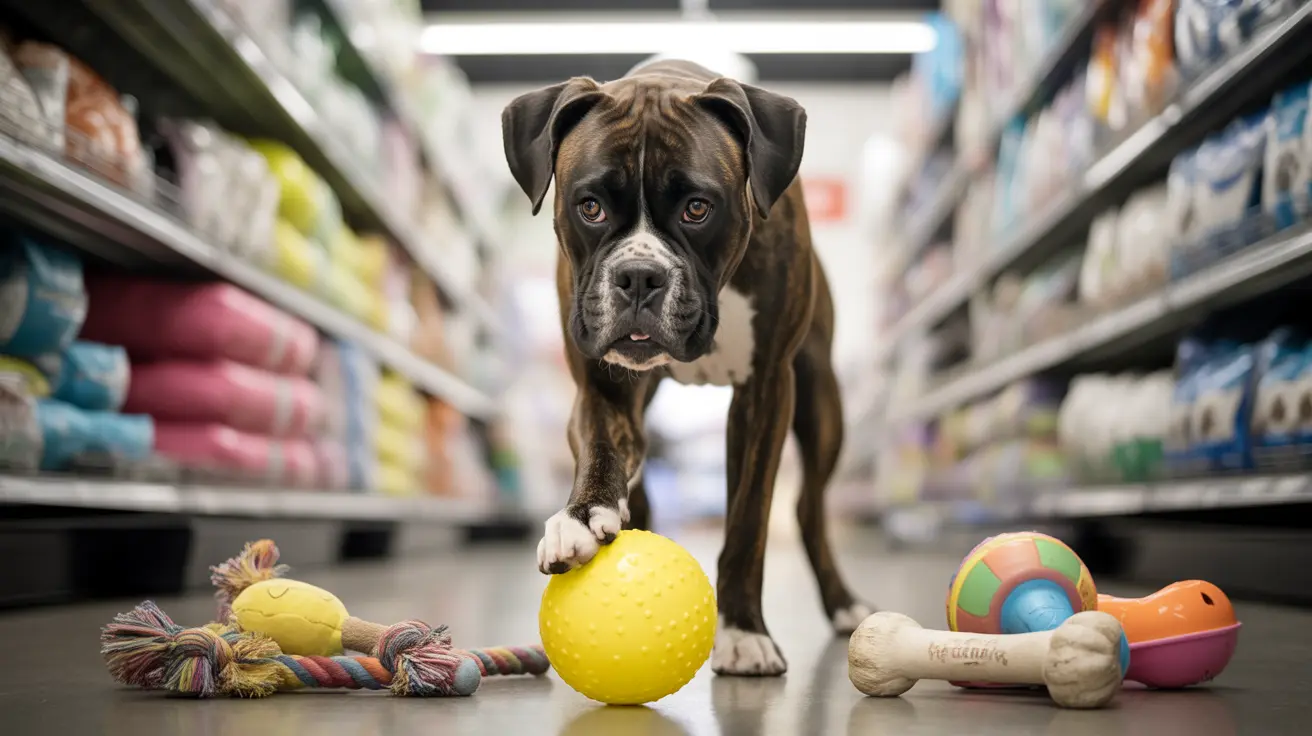Understanding How Dogs See Colors
Dogs have a unique way of perceiving colors that differs significantly from human vision. While humans have three types of cone cells in their eyes (trichromatic vision), dogs possess only two (dichromatic vision). This means they see the world primarily in blues and yellows, with other colors appearing as various shades of these hues or gray.
Their color vision is similar to what humans with red-green colorblindness experience. Reds, greens, and oranges typically appear as yellowish or grayish tones to dogs, while blues and yellows remain distinct and vibrant.
The Scientific Evidence for Yellow Preference
A groundbreaking 2025 study conducted by the Indian Institute of Science Education and Research has provided compelling evidence for dogs' preference for yellow. The research, which involved 134 free-ranging street dogs, demonstrated that dogs consistently chose yellow-colored objects over blue or gray alternatives.
Perhaps most remarkably, some dogs even selected empty yellow bowls over gray bowls containing food, indicating an inherent attraction to yellow that sometimes overrides basic instincts like hunger.
Why Dogs Are Attracted to Yellow
Scientists have proposed several theories to explain dogs' preference for yellow. One compelling hypothesis suggests an evolutionary advantage, as many dogs' fur appears yellowish to other dogs, potentially facilitating social recognition and interaction.
Additionally, yellow's high visibility in dogs' limited color spectrum may make it particularly attention-grabbing and easier to distinguish from their environment, which could have provided survival benefits throughout their evolution.
Practical Applications for Dog Owners
Understanding your dog's color preferences can significantly impact their engagement and training success. Consider these practical applications:
- Choose yellow toys and training tools to maximize your dog's interest
- Use yellow bowls or feeding mats to enhance mealtime engagement
- Select yellow agility equipment for more effective training sessions
- Incorporate yellow elements in enrichment activities and games
The Impact on Training and Behavior
Trainers and behaviorists are increasingly incorporating this knowledge into their methods. Yellow training aids have shown promise in improving focus and response rates during training sessions, particularly in outdoor environments where distractions are common.
This color preference can be especially useful when working with easily distracted dogs or during complex training exercises that require sustained attention.
Frequently Asked Questions
What colors can dogs actually see and how do they perceive yellow?
Dogs see primarily in blues and yellows, with yellow appearing particularly vibrant and distinct. Their dichromatic vision means they perceive red, green, and orange as variations of yellow or gray, while yellow remains clear and prominent in their visual field.
Why do dogs prefer yellow over other colors like blue or gray?
Research suggests this preference may have evolutionary origins, possibly related to social recognition among dogs. Yellow is also one of the most distinct colors in dogs' visual spectrum, making it naturally attention-grabbing and easier to process.
How can I use yellow toys or bowls to engage and train my dog better?
Incorporate yellow training tools, toys, and accessories to increase your dog's engagement. Use yellow targets during training sessions, yellow toys for playtime, and yellow bowls for feeding to maximize your dog's interest and attention.
Is a dog's preference for yellow influenced by their biology or environment?
Current evidence suggests the preference is primarily biological, as it appears consistent across different populations of free-ranging dogs. However, environmental factors may play a role, and more research is needed to fully understand this relationship.
Do all dogs, including pets, share the same color preference as street dogs in studies?
While initial research focused on street dogs, preliminary observations suggest that pet dogs also show a preference for yellow. However, more comprehensive studies are needed to confirm whether this preference is universal across all domestic dogs.
Conclusion
The discovery of dogs' preference for yellow opens new possibilities for enriching our pets' lives and improving training effectiveness. By understanding and utilizing this natural inclination, we can create more engaging environments and strengthen our bonds with our canine companions.
Whether you're selecting new toys, training equipment, or everyday items for your dog, considering their color preferences can make a meaningful difference in their engagement and enjoyment. This scientific insight helps us better understand our four-legged friends and adapt our choices to suit their unique way of seeing the world.






